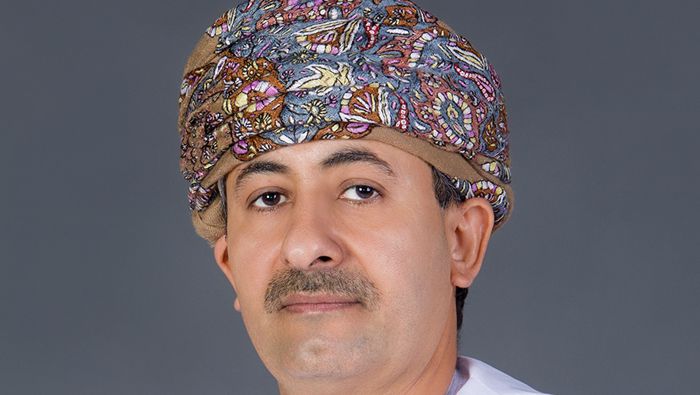
Muscat: The Middle East has grown substantially in aluminium production where many companies are enjoying substantial success. As its economic importance has grown, the capacity for the aluminium industry to re-shape regional economies, traditionally seen as oil dependent, is undeniable.
The aggressive creation of successful downstream sectors and state-of-the-art smelters is helping transform the industry’s landscape in one of the most resource-rich parts of the world. Today, the region’s smelters are responsible for producing 10% of the industry’s global output, highlighting its growing status as a global player in the industry.
Given its immense potential to drive economic growth, aluminium producers of the Middle East have, for the past 37 years, rotationally hosted the Arab International Aluminium Conference (Arabal). Known to be one of the most influential industry conferences, the 21st edition of this event is being held in Oman from November 6 – 9, bringing together various stakeholders to discuss the future of the industry. Held under the theme ‘Driving Strategic Growth across the Global Aluminium Industry’, the event will be hosted by the Sultanate’s main producer of primary aluminium, Sohar Aluminium.
“We began operations in 2004 with a vision of introducing an entirely new sector to the Omani market. Today, the Sultanate is one of the largest producers of aluminium in the Middle East. In many ways, our success is reminiscent of the industry’s rise throughout the region, where producers have used aluminium as a catalyst for job creation and economic diversification,” stated, Eng. Said Mohammed Al Masoudi, CEO of Sohar Aluminium.
First held in 1983, Arabal has grown into the only event of its kind in the region to unite all the leading primary aluminium manufacturers in the Middle East, enabling industry leaders to network, conduct business, discuss global challenges and identify suitable solutions. Along with Sohar Aluminium, fellow members include Ma’aden Aluminium Company, Saudi Arabia; Emirates Global Aluminium, United Arab Emirates; Qatalum, Qatar; Egyptalum, Egypt; and Alba, Bahrain,
Collectively, these major aluminium producers have emerged as a key player in the global aluminium platform. Backed by some of the most advanced smelters and government support, the GCC’s principal producers have manufactured 5,229,115 tonnes of primary aluminium in 2016 alone. With Egyptalum producing approximately 320,000 tonnes in the same period in Egypt, the region is a key contributor to a growing global demand for aluminium that is estimated to reach 70 million metric tonnes per year by 2020.
Arabal 2017 will welcome more than 60 renowned experts who will lead and facilitate multiple sessions over the two-day program. The most anticipated session of this year’s edition of the conference is the Industry Keynote Panel: Global Map Redrawn: As New Supply & Demand Centers Emerge, What Are the Challenges & Opportunities for the Middle East’s Aluminium Sector? This session will include some of the most prominent experts and analysts in the global aluminium industry. The panel comprises Said Mohammed Al Masoudi, Sohar Aluminium’s CEO, Abdulaziz A. Al Harbi, president of Ma’aden, Abdulla Jassem Kalban, managing director & CEO of EGA, Khalid Mohamed Sultan Laram, CEO of Qatalum, Eng. Abd Elzaher Abd Elsattar Hassan, chairman & CEO of Egyptalum and Tim Murray, CEO of ALBA. Moderating the panel will be Jorge Vazquez, founder and managing director of Harbor Aluminum.
In addition to the speakers, the conference and associated exhibition are expected to attract more than 500 top-level executives, major investors, and key decision makers from more than 20 countries. With representatives from Fortune 500 companies set to share best practices and market outlooks, Arabal 2017 will act as a platform for discussions to leverage the region’s rapid growth to ensure a sustainable industry well into the future. Delegates will gain insight into the industrial development, technical innovations, opportunities in the region, global economic trends, and market price outlook, prospects of the aluminium industry supply and demand, as well as trade and exports.